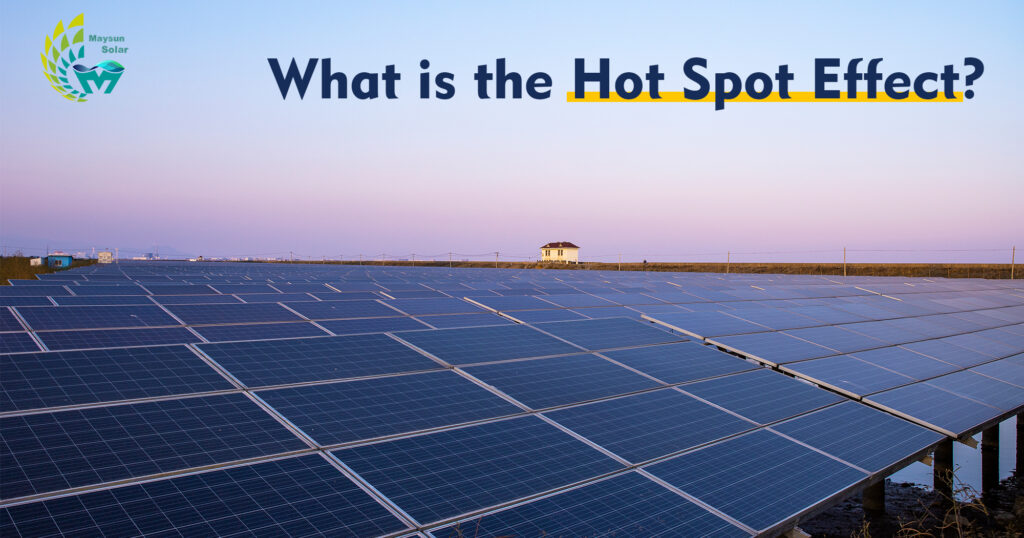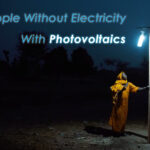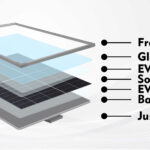How is the photovoltaic hot spot effect formed? How do we detect and protect?
What is the hot spot effect?
I believe that friends who understand photovoltaics have heard of the “hot spot effect” and its hazards, so what exactly is the hot spot effect? This means that under certain conditions, the shaded or defective area in the series branch of the photovoltaic module in the state of power generation is used as a load, consuming the energy generated by other illuminated areas, resulting in local overheating. This phenomenon is called “hot spot effect” of photovoltaic modules. The shaded photovoltaic modules will consume part or all of the energy generated by the illuminated photovoltaic modules, reducing the output power; seriously, it will permanently damage the solar cell modules, or even burn the modules. Hot spots on components can be detected quickly and easily with a thermal imaging camera.
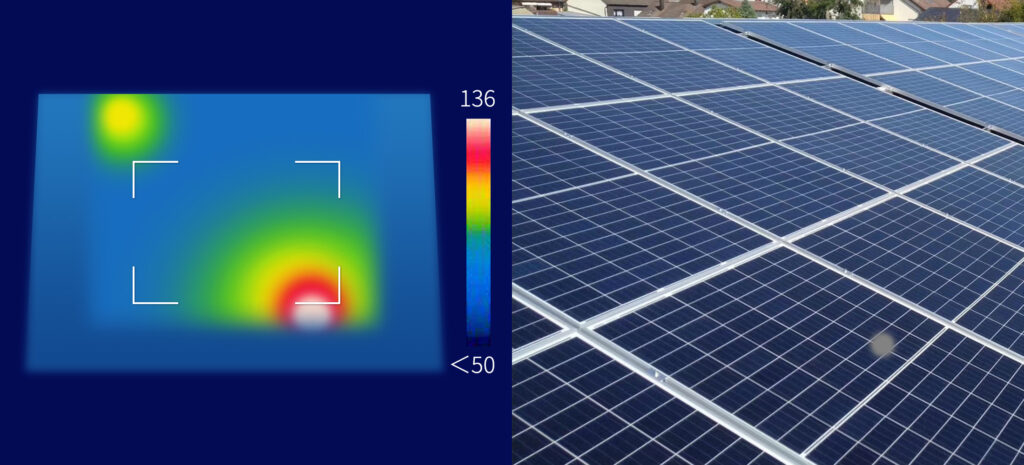
What are the causes of the hot spot effect?
In a series circuit, due to some reasons, the working state of the battery is inconsistent. These reasons include inherent defects and later use:
- There are defects in the cell itself (bubbles, delamination, internal connection failure, etc.).
- The power of the cell is mixed, and the grid line is soldered
- There are serious cracks or fragments in the components, and the cracks are mainly caused by their own defects and later use. Subtle cracks are also a defect of the battery sheet. For the component path, the resistance of the sub-cracks increases, which is easy to cause hot spot effects. Excessive vibration, external force impact or uneven force on the glass surface during installation may cause cell cracks during the transportation and installation of the module.
- Paste obstinate stains or sundries on the surface of the components, and cover them with vegetation and foreign objects. Due to the low output power of the shaded parts of the cell, the corresponding resistance increases, and the loss of these parts increases due to the increase in resistance, while the loss is released in the form of temperature, and the temperature of the shaded parts rises, resulting in a hot spot effect.
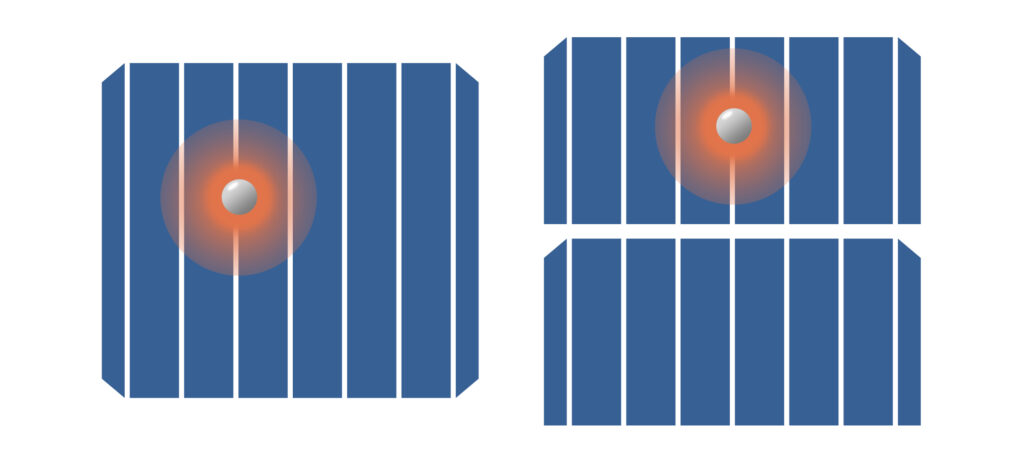
Consequences and implications of hot spot effects
The hot spot effect of photovoltaic modules is very harmful. The shaded photovoltaic modules will consume part or all of the energy generated by the illuminated photovoltaic modules and reduce the output power. In severe cases, the hot spot effect can cause local burning of the battery to form Permanent damage such as dark spots, melting of solder joints, destruction of grid lines, aging of packaging materials, and even the scrapping of the entire solar module or a major fire. According to authoritative statistics, the hot spot effect reduces the actual service life of solar cell components by at least 10%, which may cause component failure in the long run.
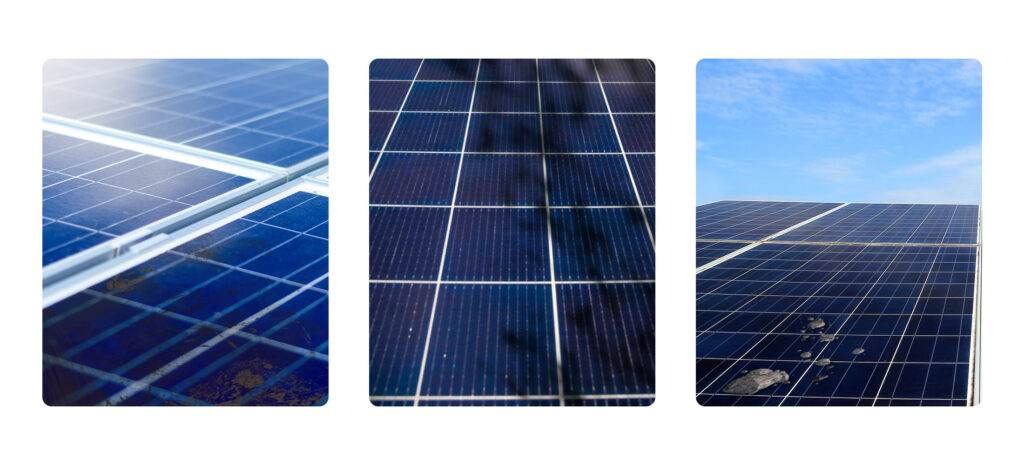
How should we defend?
For the producer:
- Control the impurities inside the battery.
- Connect a bypass diode in parallel between the positive and negative poles of the solar cell module to prevent the energy generated by the lighting module from being consumed by the shaded module.
- Optimize the manufacturing process, use the same grade of battery cells in the production of components, check hidden cracks before welding, prevent missing welding and false welding, and increase the overall strength of the components.
For users:
- The installation location should ensure that the components are not blocked as much as possible;
- Use components with good performance consistency;
- Minimize component collisions and other phenomena when handling components, and prohibit placing heavy objects on the components to prevent internal damage to the components;
- Timely remove foreign matter such as weeds near the module, clean up dust, bird droppings and other foreign matter on the surface of the module in time to ensure that there is no debris on the surface of the module;
- Reasonably set the cleaning time of components to prevent low-temperature freezing
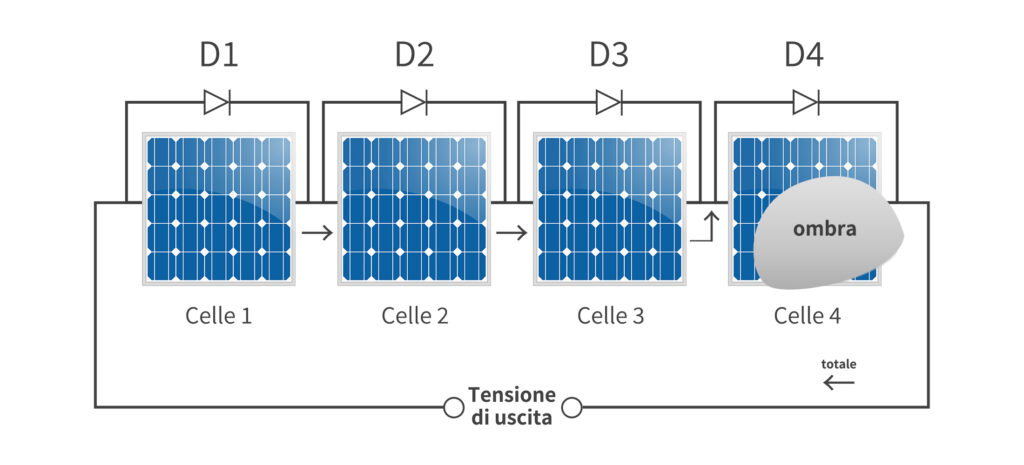
Maysun Solar is a professional photovoltaic module manufacturer with 12 years of experience in the photovoltaic industry. It has corresponding countermeasures for various common photovoltaic problems. If you need it, please contact us.

